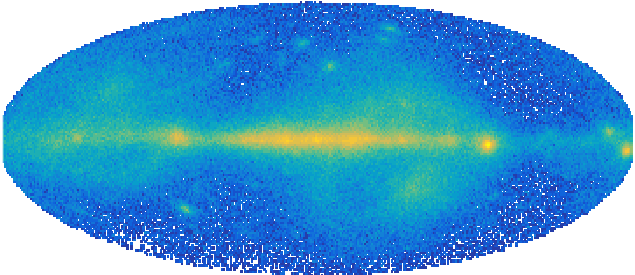- Lecturer: Stefan Lalkovski
Description
The course in Nuclear astrophysics is for undergraduate students and
builds on the knowledge aquired in the nuclear physics.
The topics covered are gamma- and X-ray observation techniques; nuclear
reactions and reaction rates; natural abundance; priomordial and stellar
nucleosynthesis; hydrogen burning cycles; triple-alpha process; advanced
burning stages, and nucleosynthesis beyond the iron peak

Goals
The students will be introduced to the main aspects of the subject. They will
acquire knowledge on modern technologies used in the observation of the
hot Universe and state-of-the-art nuclear structure facilities, where related
experiments are performed.
Further Study
The subject of the course is closely related to the courses
Particles and Universe and Astrophysics for undergraduate
students in physics.
- Bibliography:
Arnett D.
An Investigation of the History of Matter, from the Big Bang to the Present,
Prinston University Press (1996)
Boyd R.
An Introduction to Nuclear Astrophysics,
The University of Chicago Press (2008)
Carroll, B.W. and Ostlie, D.A.
An Introduction to Modern Astrophysics,
Cambridge University Press (2017)
Clayton D.D.
Principles of Stellar Evolution and Nucleosynthesis,
The University of Chicago Press (1984)
Iliadis Ch.
Nuclear physics of Stars, Wiley-VCH (2007)
Pagel B.E.J.
Nucleosynthesis and Chemical Evolution of Galaxies,
Cambridge (1997)
Rolfs C.E. and Rodney W.S.
Cauldrons in the Cosmos: Nuclear Astrophysics,
The University of Chicago Press (1988)
